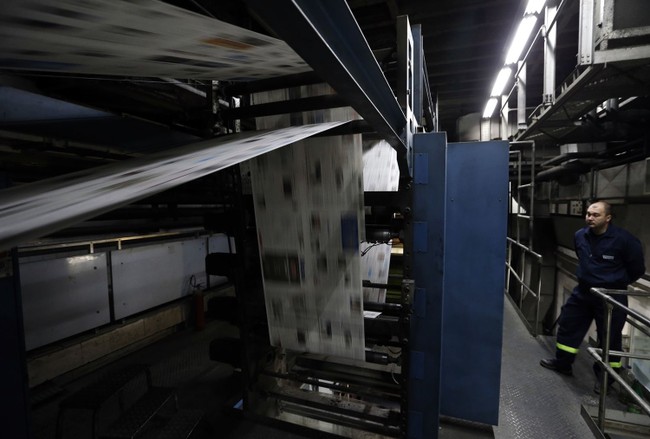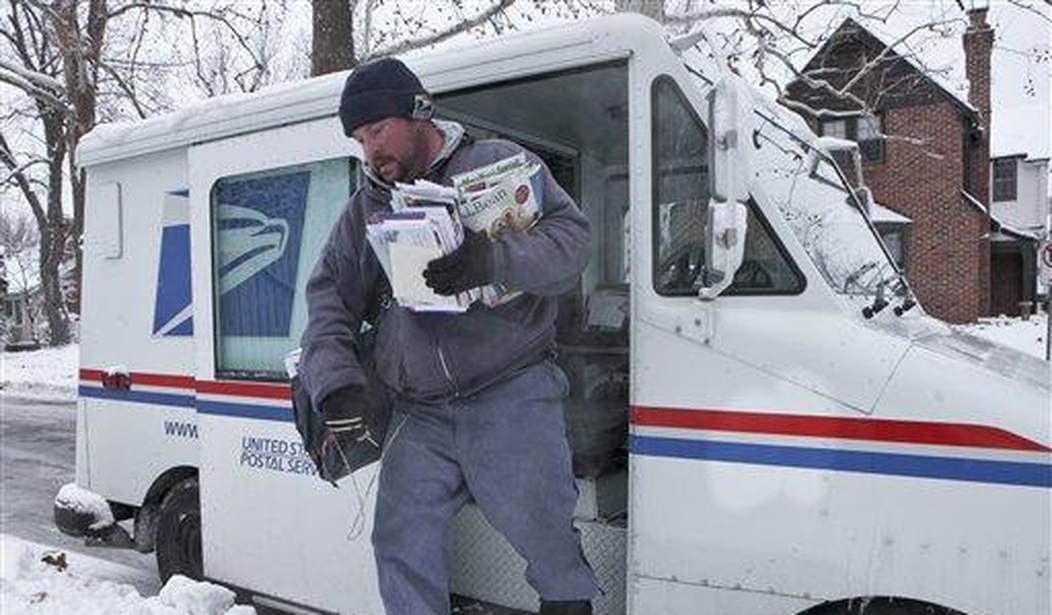There is little debate that the news industry in this country is going through a period of tectonic upheaval. Layoffs in the media landscape are a regular news item, with many outlets under pressure either closing, or eliminating hard copy issues, and many local papers are scaling back from daily editions.
The pandemic was certainly a contributing factor, as more than 350 papers ceased operation between 2020 and 2022, but due to advertising being choked off, social media blockages, and search engine limitations, there is a growing tide of failures.
The Medill School of Journalism at Northwestern University issued its “State of Local News” report late last year, and that study estimates that of the papers that were operating in 2005, one-quarter to one-third of those will be gone by the end of this year. In the face of this reality, there is a proposal made in the Senate to save the newspaper industry and stave off the spread of “news deserts”.
There have been efforts in the past for the government to step in and prop up the news industry, a dystopian proposal where the industry charged with challenging the government would become dependent on that same government. The Local Journalism Sustainability Act was one such effort, where outlets would not only be paid a stipend for employee salaries but local businesses would be granted tax breaks to advertise in publications and locals would be able to write off subscriptions.
Joe Biden proposed including this overreaching subsidy program in his Build Back Better monolithic spending plan. This would lead to an already supplicant news industry becoming even more servile, given that it would be relying on government support for advertising, subscriptions, and even meeting payroll. Now comes another ill-fated and ill-thought-out plan from D.C.
Dubbed the “Deliver for Democracy Act”, introduced by Senator Peter Welch of Vermont, this is an effort to ease some of the financial burdens on periodicals by having the United States Post Office become limited from raising postage rates on the 1st Class mailing, which entails the sector where newspapers and magazines are delivered through the mail. This has been a concern for those remaining publications that still produce hard-copy editions.

For years now, outlets have been transitioning from using delivery drivers to relying on the mail service. This is due to losing out to rideshare services like Uber and DoorDash, as well as the labor law in California targeting gig economy drivers. But this solution then relied upon another struggling entity – the USPS. The postal service has been foundering and as a solution it has been raising postage rates regularly in an effort to achieve sustainability.
In 2021, Postmaster General Louis DeJoy introduced his 10-year agenda to get the USPS operating at a profit, the Delivering For America Plan. Employing modernization, streamlining operations, and putting the focus on package delivery, the expectations were this would see the USPS become a viable entity. It has been a struggle. By this point in time, the hope was for the service to see its annual bottom line reach a break-even level, but last year saw operating losses of $6.5 billion.
One remedy to be applied was another raising of postal charges, from stamps to shipping rates, and this would also entail a rise in the delivery of periodicals. Senator Welch proposes to limit the USPS from raising rates on news outlets unless certain delivery benchmarks are achieved.
The Deliver for Democracy Act would carry on this tradition and help news outlets overcome the current crisis of local journalism by incentivizing reliable postal service and limiting excessive rate increases. Specifically, it would require the Postal Service to either achieve at least a 95% on-time delivery rate for periodicals or an improvement of at least 2 percentage points to unlock its 2 percent surcharge authority for that class of mail.
This is going to become a challenge for the mail carriers. In its 2-year progress report, the USPS showed while most mail classes were seeing an on-time delivery rate in the 90 percentiles, periodicals came in with a lowly figure of 83.7%, and the projected improvement for 2023 was only 85.75%.
Things do not bode well for anyone involved. A dissolving news industry is relying on a perennial fortune-losing mail industry with a dismal delivery success rate, and the solution for this is to have politicians step in and deliver the remedy. Cast me in the “Dubious” column among the opinions on how well this proposal is going to fare.














Join the conversation as a VIP Member